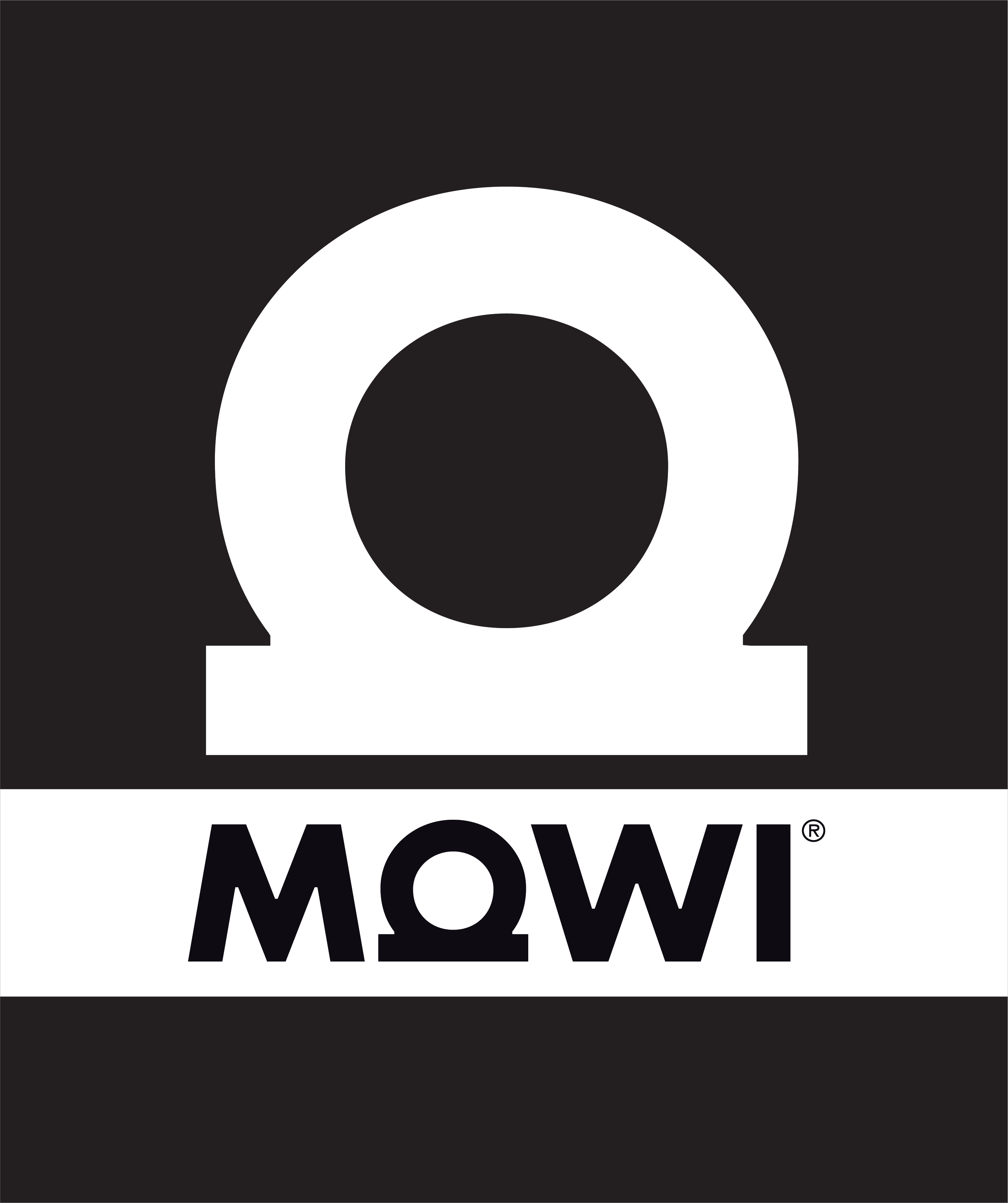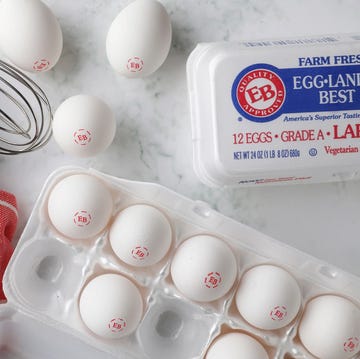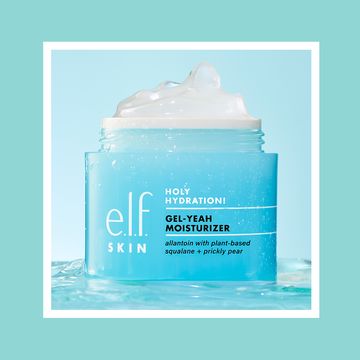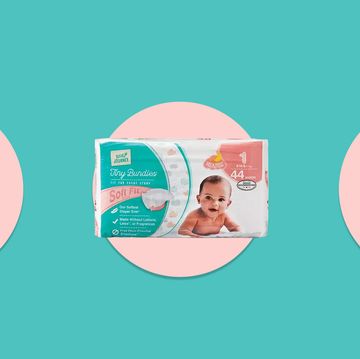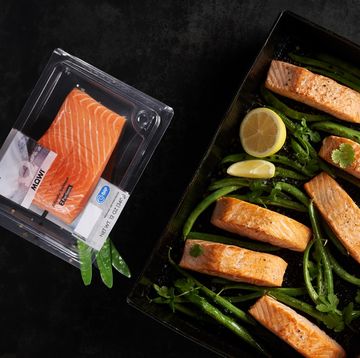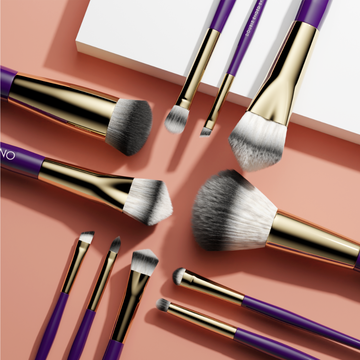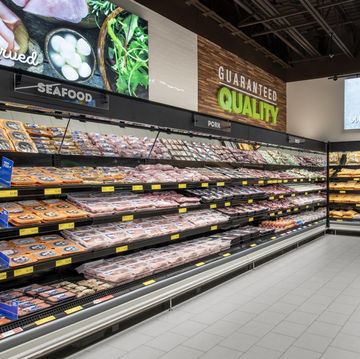The rich, buttery flavor of salmon has made it a popular food for thousands of years, but it also happens to be a nutritional powerhouse. And there’s an abundance of enticing, simple ways to prepare the versatile fish, so it’s no surprise that it’s earned a spot in so many of our weekly dinner rotations.
Yet not everyone is aware there are a few distinct types of salmon out there. Pacific salmon includes a variety of species native to that body of water, including king, coho and sockeye, while Atlantic salmon, a single species in an entirely separate genus, is found in the northern waters of that ocean. Generally milder in flavor with a softer texture than Pacific, Atlantic salmon is especially prized for its tender flesh and pink hue.
Commercial (and recreational) fishing for wild Atlantic salmon has been prohibited in the U.S. since 1948 due to population decline from overfishing, which means the fish on your plate was raised on a farm—and let’s just say the quality of those farms can vary greatly. But ethical and sustainable salmon farms do exist, producing highly nutritious and delicious fish with minimal environmental impact.
MOWI, which has earned the Good Housekeeping Seal, is transparent about its entire production cycle, from the breeding and farming to the processing and packaging, in which it maintains complete quality control over each step. This has earned the company certifications from both the Aquaculture Stewardship Council (ASC) and the Best Aquaculture Practices (BAP), two of the most reputable organizations for monitoring and certifying responsibly raised seafood.
When farmed thoughtfully and responsibly in this manner, salmon can be incredibly nutritious—a veritable superfood of the sea. Atlantic salmon in particular is loaded with omega-3 fatty acids, healthy fats that may help with heart and brain functioning and can help reduce inflammation. Docosahexaenoic acid (DHA), one of these vital omega-3s, is also a critical component of the central nervous system. Salmon is a great source of vitamin D as well—a vital nutrient often linked with overall health and immunity, and one that 1 in 4 Americans don’t get enough of.
Three certifications to look for when shopping for sustainable salmon: BAP, or Best Aquaculture Practices, for safe, responsible and ethical farm-raised seafood; MSC, or Marine Stewardship Council's blue label, for fish and seafood from fisheries that practice sustainable fishing; and ASC, or Aquaculture Stewardship Council, for responsibly farmed fish and seafood.
While the nutritional benefits remain regardless of how it’s prepared, we love cooking Atlantic salmon in an air fryer, which consistently results in flaky, tender fish in a matter of minutes. The air fryer also gives the skin—which is prone to getting soggy in some prep methods, leading many to remove it before cooking—an irresistibly crackly texture and savory flavor. Since that skin is chock-full of vitamins, protein and fatty acids, and also helps prevent the flesh from falling apart while you’re cooking or plating the fish, this is no small victory.
However you cook it, though, it pays to be a discerning consumer when it comes to farmed salmon—and in many cases, it can be difficult to know what questions to ask or where to look for the answers. Buying direct from a certified company like Good Housekeeping Seal star MOWI is an excellent way to take the guesswork out of the process and guarantee the salmon in your kitchen is of the utmost quality.
